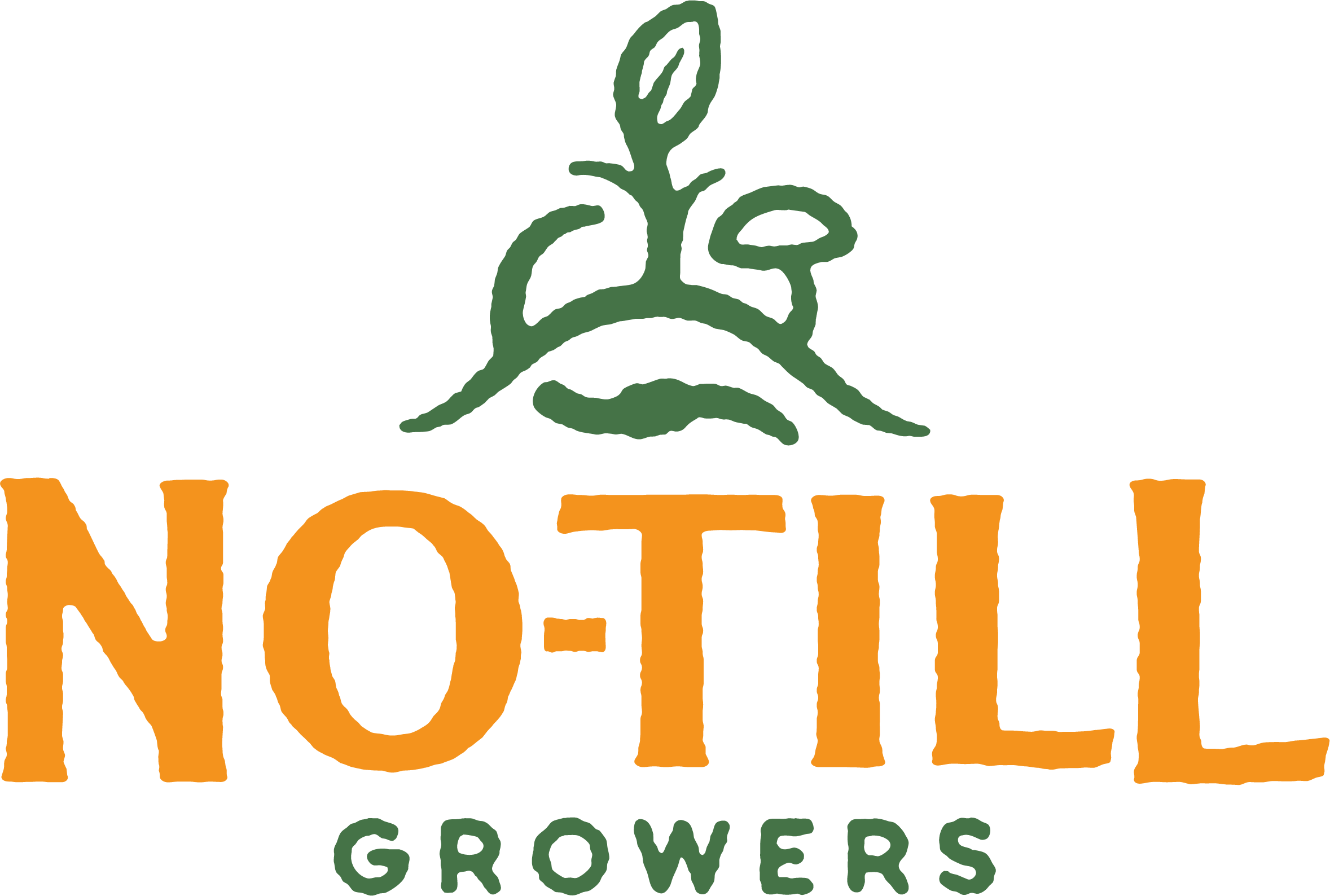Book Review: The No-Till Organic Vegetable Farm
It’s almost here, folks. Hitting the shelves this week is a new book from Daniel Mays of Frith Farm in Scarborough, Maine called “The No-Till Organic Vegetable Farm: How to Start and Run a Profitable Market Garden that Builds Health in Soil, Crops, and Communities.”
And frankly it’s one of the best farming books I’ve read in a while. A long while.
Daniel’s farm has been an inspiration to our own work since the beginning. Indeed, we kicked off the Podcast with his interview. I had him on the Summer Shorts series to talk interplanting. No-Till Growers even did an event with him last year. Josh Sattin has hosted him on Growers Live before and will be having him on again this upcoming Tuesday. And we’ll continue to promote his work in the future.
The reason is simple—his no-till system is elegant, efficient, and Daniel excels at detailing it. So there is something exciting about being able to hold that system in your hands and dive into its nuances. From bed prep to irrigation, there is a ton of great information stored in this book. It is an owner’s manual for Frith Farm, and there are few farms to which I’d rather have a manual.
When I say it’s a manual for Frith Farm, I also mean that it extends beyond production methods, into other elements of Frith’s operation such as record keeping, marketing, scale, labor, and harvesting. In some ways, if I have a criticism for the book—and I try to have at least one in every review—it would be that I could (selfishly) use less of the broader farm management information and more on soil management.
That isn’t to say the information isn’t great. Indeed, this is the book I wish I’d had starting out. No hyperbole. That broader farming information is delivered succinctly and with superb detail and it’s the type of information without which no farm can be run well. This book will be—with complete recognition of how bold this statement is—The New Organic Grower for our generation. It is a book that can really set a farm in the right direction—ecologically and economically. That isn’t to say experienced growers won’t love it. I obviously can’t have had this book when I started farming, but I am exceedingly happy to have it now.
Lastly, I would be remiss if I ignored how purely stunning the book is visually. The photos and illustrations are masterfully helpful with no fluff. Daniel and his publisher Storey took their time putting it together and it has paid off. It’s a book that should be on your farmer book shelf. And with its release this week, it can be. You can have the Frith manual. And you should.
